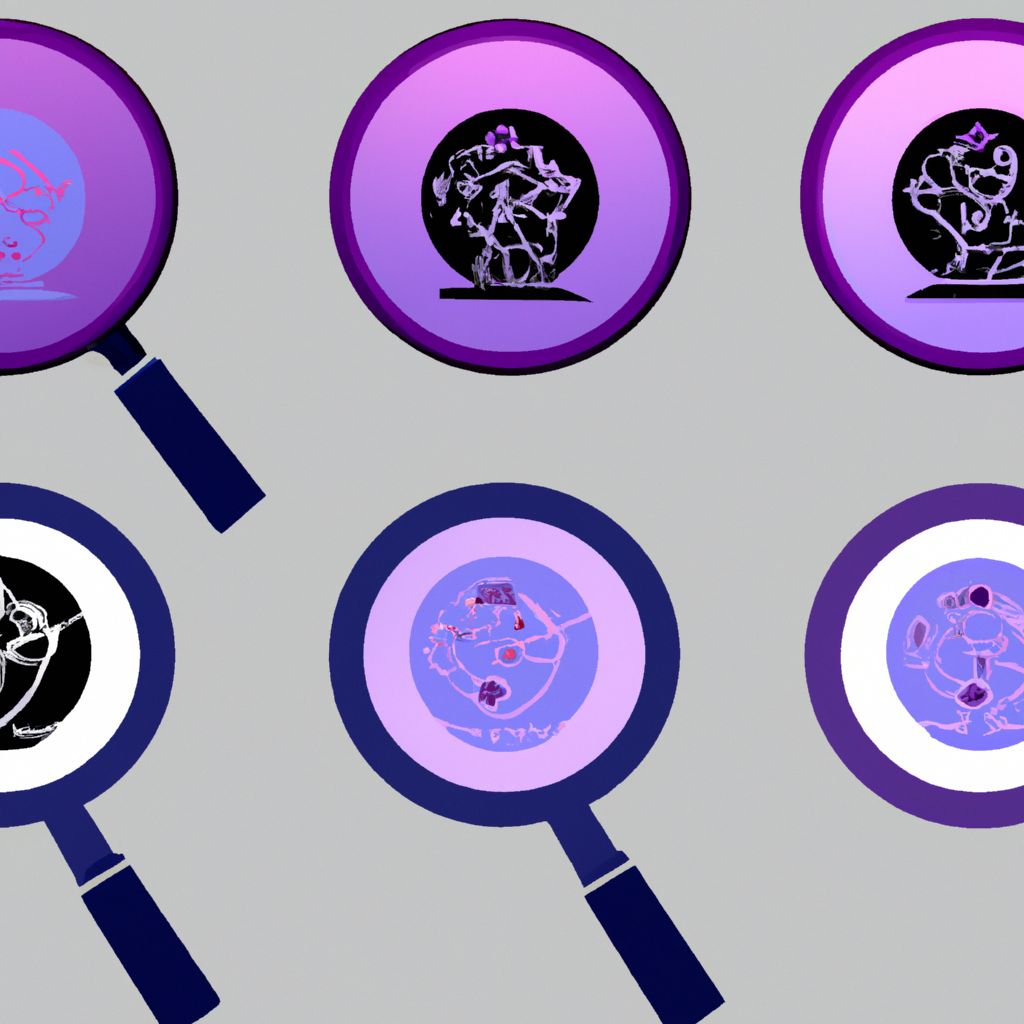The Inevitable Convergence: AI Meets Security
Artificial Intelligence (AI) is no longer a futuristic buzzword; it's rapidly integrating into every facet of technology, and cybersecurity is no exception. While discussions often revolve around AI's potential in threat detection or malware analysis, its impact on the core practices of penetration testing (pentesting) and web application security promises a more profound transformation. This isn't just about faster tools; it's about fundamentally reshaping the offense-defense landscape. How will AI change the way we attack and defend digital assets?
AI on the Offensive: The Evolution of Pentesting
Traditional pentesting relies heavily on human expertise, intuition, and methodical exploration. AI introduces capabilities that augment and, in some cases, automate these processes:
- Hyper-Scale Vulnerability Discovery: AI algorithms can analyze vast codebases and network infrastructures far faster than human teams, identifying known vulnerability patterns and potential zero-days with unprecedented speed and scale. Imagine AI scanning millions of lines of code or probing thousands of endpoints simultaneously.
- Intelligent Fuzzing & Exploitation: AI can move beyond simple random fuzzing. By learning application behavior and understanding context, AI-driven fuzzers can generate more targeted, effective inputs likely to trigger edge cases and uncover complex vulnerabilities. Furthermore, AI could potentially chain discovered vulnerabilities to create sophisticated exploit paths.
- Predictive Attack Path Modeling: By analyzing system configurations, known vulnerabilities, and threat intelligence, AI could predict the most likely paths an attacker would take, allowing pentesters to prioritize testing efforts on the highest-risk areas, simulating adversaries with greater accuracy.
- Adaptive Social Engineering Simulation: While controversial, AI could potentially generate highly personalized and context-aware phishing campaigns or pretexting scenarios for social engineering tests, learning from responses to refine its approach dynamically.
Original Thought: The initial wave of AI in pentesting might democratize sophisticated attacks, enabling less-skilled actors to leverage powerful tools. However, this will inevitably accelerate the adoption of AI defenses. The true game-changer might be AI's ability to identify novel, logic-based vulnerabilities that defy conventional pattern matching – flaws rooted in complex interactions that humans struggle to conceptualize but that AI, trained on vast datasets of code and behavior, might uncover.
AI on the Defensive: Fortifying Web Applications
On the flip side, AI offers powerful new paradigms for defending web applications:
- Next-Generation WAFs & Runtime Protection: AI can move beyond static signature-based Web Application Firewalls (WAFs). By learning an application's normal behavior (traffic patterns, API calls, user interactions), AI can detect subtle anomalies indicative of sophisticated attacks, including zero-days, that traditional WAFs would miss. Runtime Application Self-Protection (RASP) tools infused with AI can provide even deeper, context-aware protection from within the application itself.
- AI-Powered Threat Intelligence Correlation: AI excels at processing and correlating massive amounts of threat data from diverse sources. It can identify emerging attack campaigns, pinpoint relevant Indicators of Compromise (IoCs), and predict future threats with greater accuracy, enabling proactive defense adjustments.
- Automated Secure Code Review & Remediation: AI tools can analyze code during development (SAST) and runtime (IAST) to identify security flaws with high accuracy. More advanced AI might even suggest or automatically generate secure code patches, significantly reducing the window of vulnerability.
- Behavioral Biometrics & Anomaly Detection: AI can analyze user behavior patterns (typing speed, navigation habits, session timing) to detect account takeovers or insider threats, moving beyond simple password/MFA authentication.
Original Theory: The most significant defensive transformation might be the rise of Adaptive Security Postures. Instead of static configurations, AI could dynamically adjust security controls (firewall rules, access policies, monitoring levels) in real-time based on the perceived threat level, vulnerability landscape, and business context. This creates a fluid, self-healing defense system – a stark contrast to today's often rigid security architectures. This inevitably leads to an AI vs. AI arms race, where offensive AI seeks to bypass defensive AI, driving continuous innovation on both sides.
The Human Element: Augmentation, Not Replacement
Will AI make pentesters and security analysts obsolete? Unlikely. While AI will automate many routine tasks, the need for human oversight, strategic thinking, and ethical judgment remains critical.
- Interpreting AI Findings: AI might flag thousands of potential issues; humans are needed to validate findings, assess business risk, and prioritize remediation.
- Complex Problem Solving: Novel attacks and intricate system interactions will still require human creativity and intuition.
- Strategic Guidance: Defining security strategy, managing AI tools, and communicating risk to stakeholders remain inherently human tasks.
- Ethical Hacking: The ethical considerations and responsible disclosure aspects of pentesting require human judgment.
The role will evolve. Security professionals will become AI supervisors, strategists, and validators, focusing on higher-level challenges that AI cannot (yet) address.
Conclusion: Preparing for the AI Security Era
AI's integration into pentesting and web application security is not a question of if, but when and how. It promises unprecedented efficiency and capability for both attackers and defenders. The key takeaway isn't just about adopting new tools; it's about understanding the fundamental shift in methodology and mindset required. Organizations must begin exploring how AI can augment their security practices, while security professionals need to adapt their skills to work alongside intelligent systems. The future of security lies in the intelligent synergy between human expertise and artificial intelligence, creating defenses that are more predictive, adaptive, and resilient than ever before.
Disclaimer: This post represents the view of the individual author that wrote it and not necessarily the view of Rarefied Inc.
Looking for professional security testing?
Based on your interest in this topic, you might benefit from our specialized security services:
